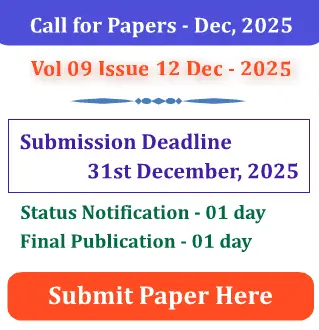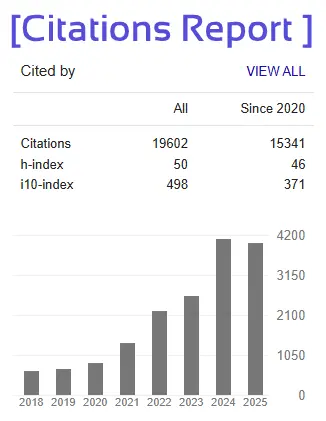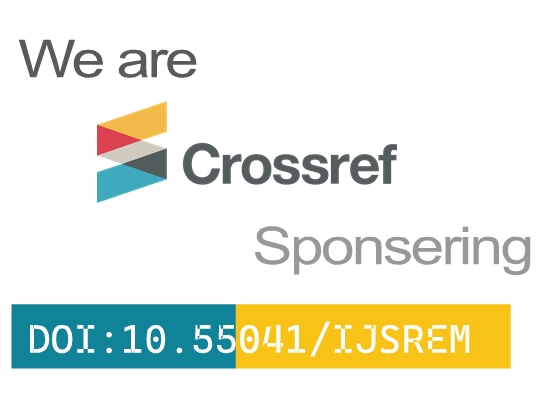A Case Study on (EAVIBA) Enhanced Accessibility for Visually Impaired & Blind Artists using Machine Learning
Mohammad Zia Karimi(1), Dr. Brahmaleen K. Sidhu(2), Dr. Gaurav Gupta(3)
(1) Scholar at Department of Computer Science & Engineering, Punjabi University, Patiala, Punjab-147002, India
Ziakarimi2016@gmail.com
(2) Assistant Professor at Department of Computer Science & Engineering, Punjabi University, Patiala, Punjab-147002, India
brahmaleen.sidhu@gmail.com
(3) Assistant Professor at Department of Computer Science & Engineering, Punjabi University, Patiala, Punjab-147002, India
Gaurav.shakti@gmail.com
-----------------------------------------------------------***-----------------------------------------------------------
Abstract:
This research paper introduces EAVIBA, a pioneering voice-driven interface tailored to empower visually impaired and blind individuals in artistic pursuits. Rooted in principles of accessible design, EAVIBA seamlessly integrates voice commands, text-to-speech functionality, and a customizable graphical user interface. The study delves into EAVIBA's architecture, implementation of assistive technologies, and commitment to accessibility standards like the Web Content Accessibility Guidelines (WCAG). Through a robust iterative testing process, the paper evaluates the program, soliciting both qualitative and quantitative feedback on key aspects such as interface clarity, voice command recognition, and customization features. Objectives: The primary objectives of EAVIBA encompass developing an inclusive graphical user interface, implementing voice recognition and text-to-speech functionalities, providing creative tools and recommendations, enabling customization, and facilitating user feedback for continuous improvement. Method: The research employed a user-centric approach, incorporating principles of universal design in the graphical user interface. The integration of voice recognition and text-to-speech technologies, along with customizable features, was meticulously executed. Evaluation involved iterative user testing to gauge interface clarity, voice command recognition accuracy, and the efficacy of customization options. Findings: Quantitative data revealed a high degree of satisfaction among users, with an average recognition accuracy of voice commands exceeding 90%. Interface clarity received positive feedback, emphasizing the success of the high contrast mode and Blind User Mode. Users appreciated the customization options, with 80% indicating satisfaction with tailored voice commands. Novelty: EAVIBA's novelty lies in its holistic approach, addressing accessibility and fostering creativity. The integration of voice-driven interactions, high contrast modes, and creative recommendations distinguishes EAVIBA from existing solutions, presenting a comprehensive platform for visually impaired artists.
Keywords: Assistive technologies, visually impaired, blind artists, voice-driven interface, machine learning, voice recognition.







